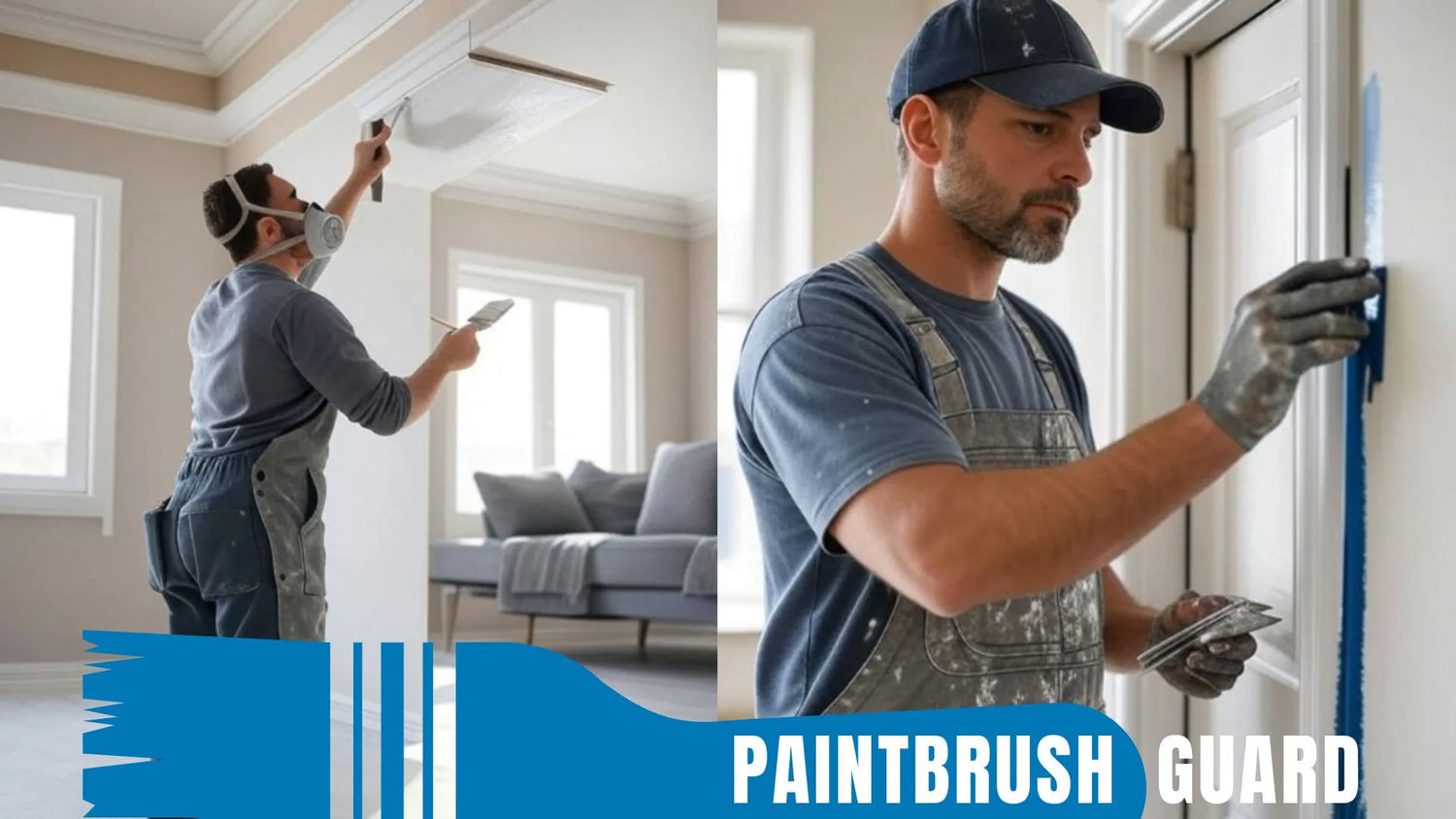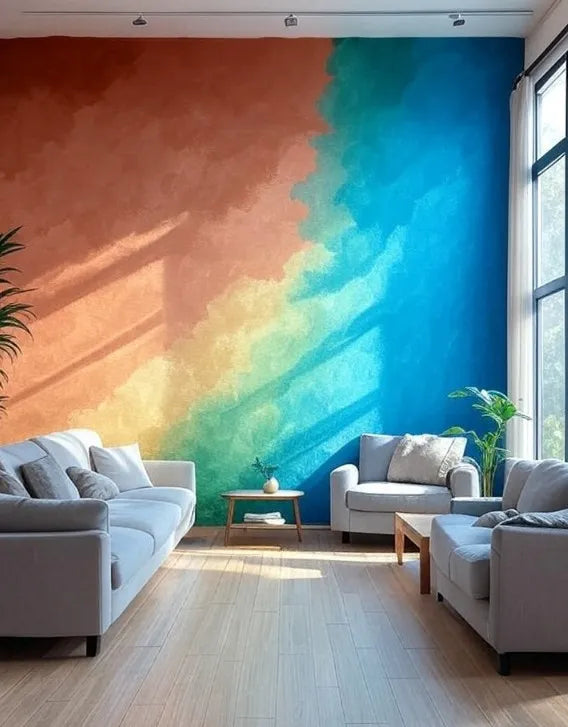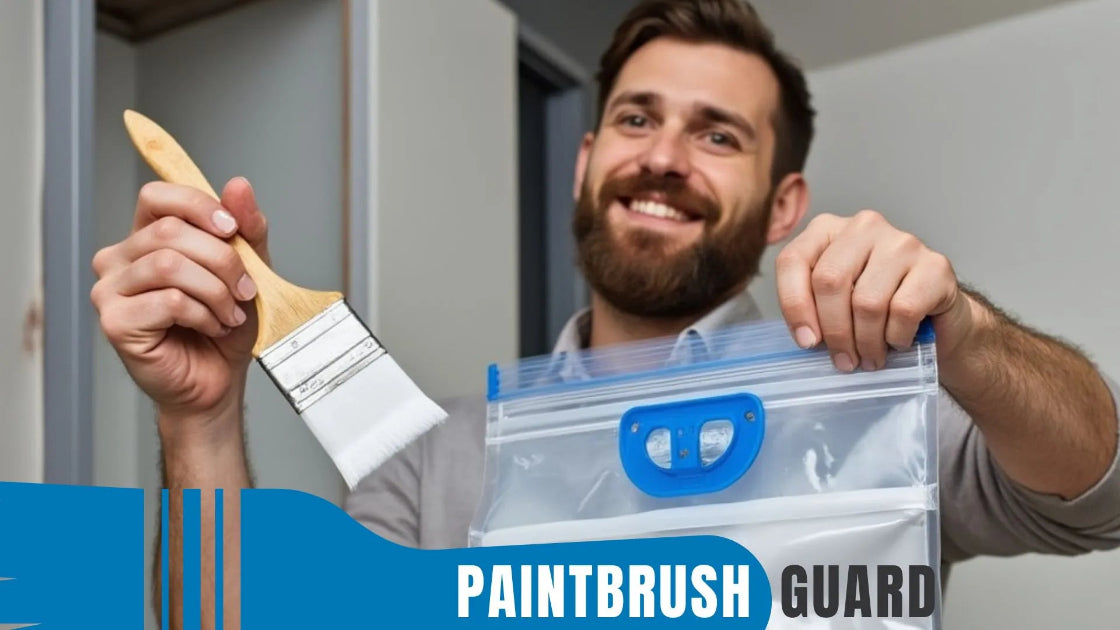
Best Paint Types for Exterior Trim Painting Durability
|
Time to read 6 min
|
Time to read 6 min
This guide explores the top paint options for exterior trim and how to apply them for lasting results.
High-quality paint for exterior trim ensures durability, weather resistance, and a polished look for your home. The best paint types typically last 5–10 years, depending on surface material, climate, and preparation.
This in-depth guide covers every aspect of preparing and painting exterior trim, ensuring your project succeeds.
Exterior trim, often made of wood, vinyl, aluminum, or composite materials, requires paint that withstands UV rays, moisture, and temperature changes. The following paint types are ideal:
Find the 7 best green paint colors for your interior walls with our top picks. Learn about paint finnish, the natural vibe and rooms to apply for perfection.
The durability of paint on exterior trim depends on several key factors that influence how well it withstands the elements. Understanding these variables helps you select the right paint for a long-lasting finish.
Maximizing the lifespan of paint on exterior trim requires careful preparation and maintenance. These techniques ensure your trim stays vibrant and protected for years.
Review of the 2 Best Off White Color Choices for Interior Wall Painting! Explore eggshell, flat, satin, and semi-gloss white paint options for your home.
Painting exterior trim seems straightforward, but common errors can reduce paint durability. Avoiding these mistakes ensures a professional, long-lasting result.
Exterior trim typically needs repainting every 5–10 years, depending on paint quality, climate, and maintenance. In mild climates, high-quality acrylic latex paint on well-maintained wood or vinyl trim can last up to 10 years.
Harsh conditions, like coastal salt air or intense sun, may require repainting every 5–7 years. Look for signs like fading, chalking, or cracking to determine when to repaint, and perform regular inspections to catch issues early.
This guide tackles the top 20 questions about storing paintbrushes, from quick breaks to long-term care, and even challenges like humid coastal areas.
Painting over peeling or damaged trim is not advised, as it leads to poor adhesion and continued deterioration. Remove loose paint with a scraper or sander, clean the surface thoroughly, and repair cracks or damage with caulk or filler.
For metal trim, remove rust with a wire brush or chemical remover. Apply a high-quality primer suited to the material before painting to ensure a smooth, durable finish that resists future damage.
Choosing the right paint depends on the trim material. For wood, acrylic latex paint is ideal for its breathability and flexibility, preventing cracking as wood expands and contracts.
Vinyl and aluminum trim require acrylic or epoxy-based paints for strong adhesion and rust resistance. Urethane acrylic paints work well for composite trim, offering durability in humid conditions.
Always choose paints labeled for exterior use, and opt for premium brands with UV and mildew resistance for the best performance.
Check out our blog for Home Improvement painting: Learn about eco-friendly painting solutions, painting tips and get started with your own home project today!
The best paint for exterior trim, such as acrylic latex, oil-based, or urethane acrylic, depends on the material, climate, and maintenance routine.
By selecting high-quality paint, preparing surfaces thoroughly, and following proper application techniques, you can achieve a durable, attractive finish that lasts 5–10 years or more. Use these best practices to protect your home’s trim and enhance its curb appeal.
Acrylic latex paint is the top choice for most exterior trim due to its flexibility, UV resistance, and adhesion to wood, vinyl, and metal. Oil-based paint suits wood trim in dry climates for a smooth finish, while urethane acrylic excels in humid areas. For metal trim, epoxy-based paints provide a rust-resistant, durable coating, ensuring long-lasting protection.
Wood trim benefits from breathable acrylic latex paint to handle moisture and prevent cracking. Vinyl and aluminum trim need acrylic or epoxy-based paints for strong adhesion and rust resistance. Composite trim works well with urethane acrylic paints for durability in humid conditions. Matching the paint to the material ensures optimal adhesion and longevity.
Thorough preparation is key: clean trim with soap and water, sand rough areas, and remove old paint or rust with a scraper or wire brush. For wood, fill cracks with caulk, and for metal, use a rust-inhibiting primer. Applying a high-quality primer suited to the material enhances adhesion and prevents peeling, ensuring a lasting finish.
Avoid skipping primer, as it’s essential for adhesion, especially on bare wood or metal. Don’t paint in high humidity, extreme heat, or cold, as these conditions cause bubbling or cracking. Never use interior paint, which lacks outdoor durability, and ensure thorough surface prep to avoid poor adhesion and premature paint failure.
Exterior trim typically needs repainting every 5–10 years, depending on paint quality, climate, and maintenance. Acrylic latex paint on well-maintained wood or vinyl can last up to 10 years in mild climates. In harsh conditions like coastal areas, repainting may be needed every 5–7 years. Regular inspections for fading or cracking help determine the right time to repaint.
With no cleanup required after a painting session, you can take a short break mid-project or wrap up your painting for the day, your brush stays ready without the need to clean.

Learn about eco-friendly painting, tips and tutorials on house interior and exterior surfaces, so you can get started with your project without any surprices during or after your painting.

Learn how interior house paint colors influence mood with expert tips on room preference so you can pick the best colors for a harmonious home environment.
We focus on the most popular shades for each interior colors, so you don't miss no matter what color you pick.

Learn how this innovative tool allows you to store paintbrushes without the need for immediate cleaning, offering significant advantages in time savings, water conservation, reduced chemical pollution, and lower costs for supplies.

